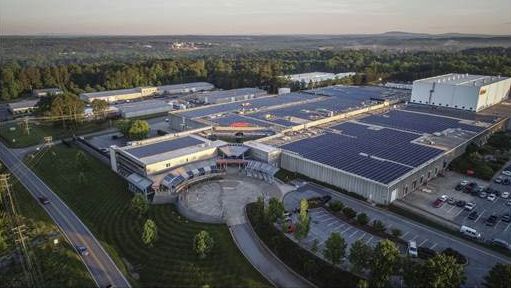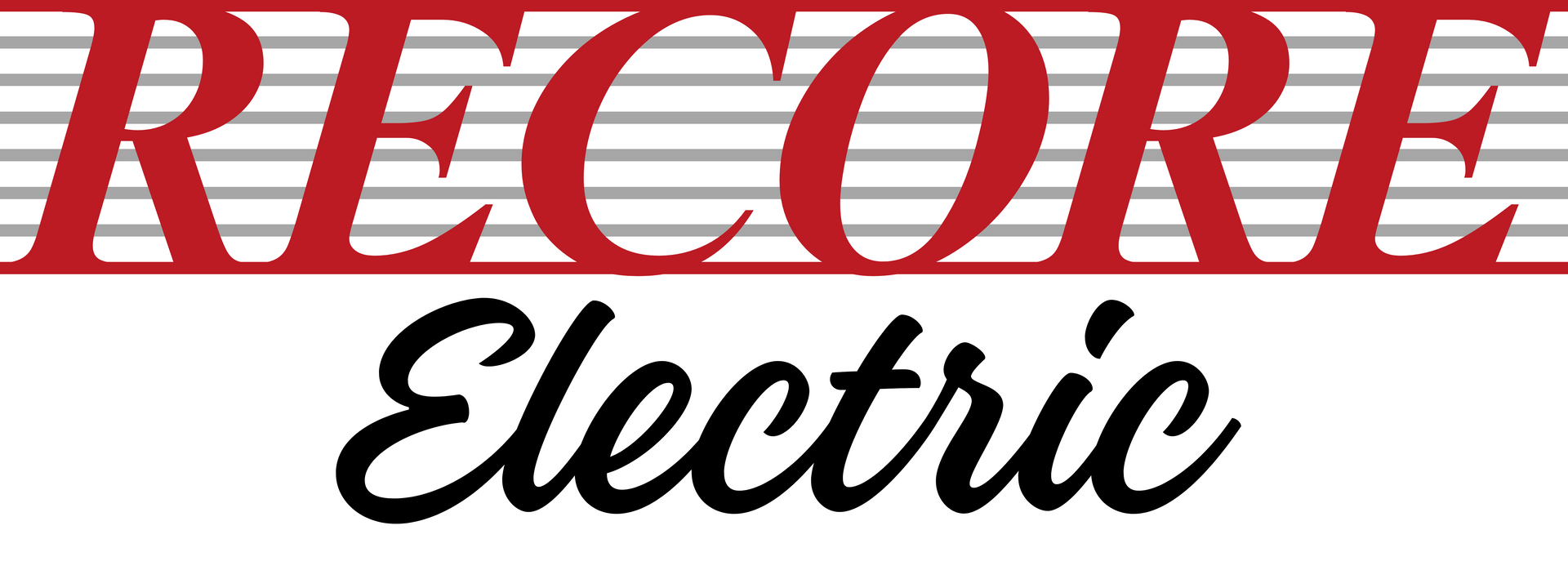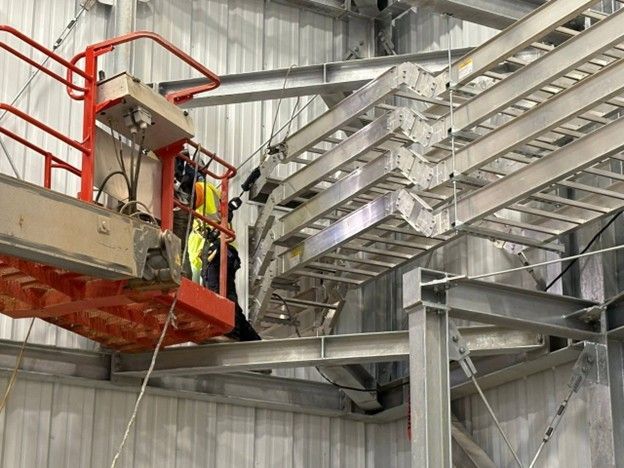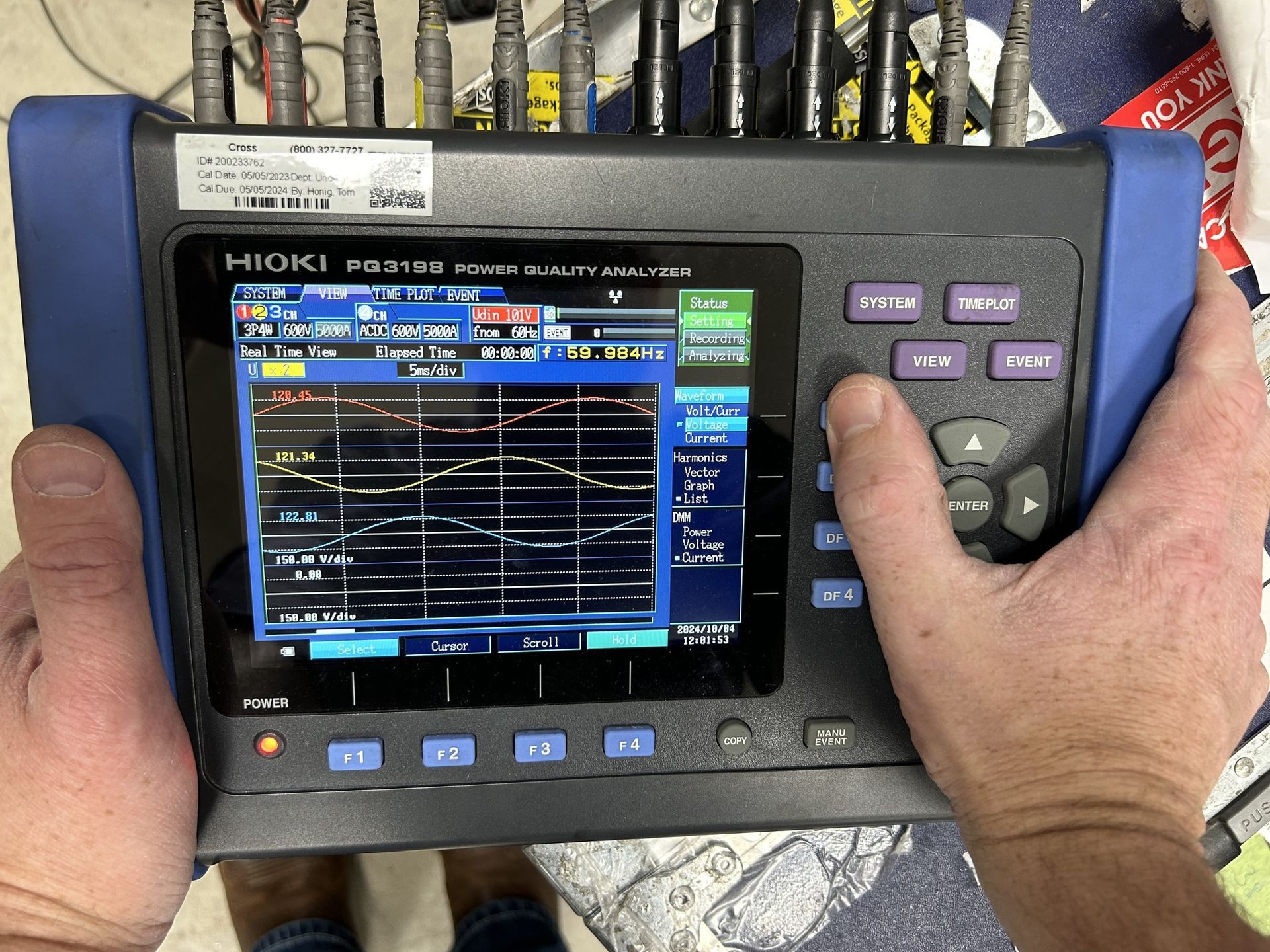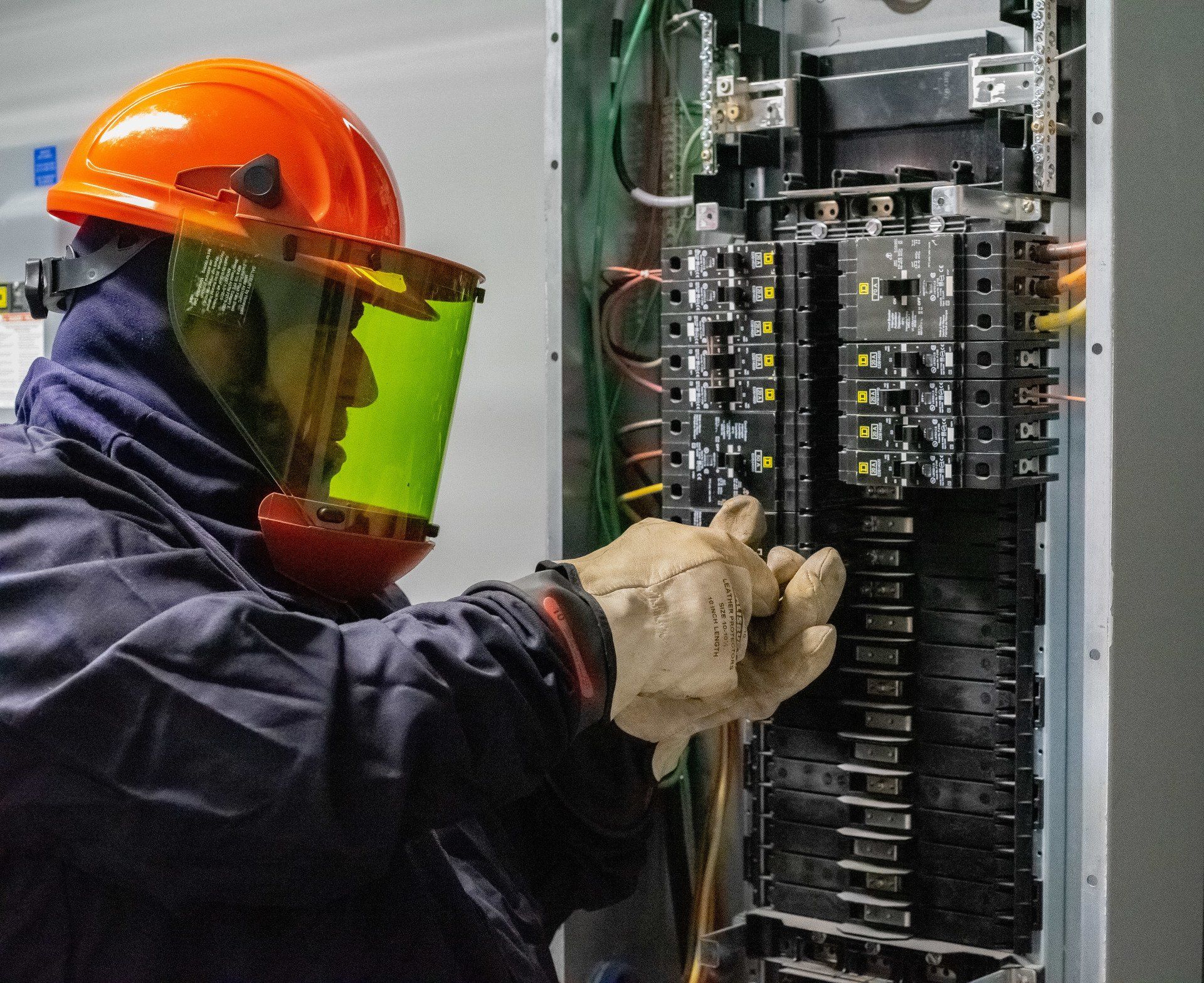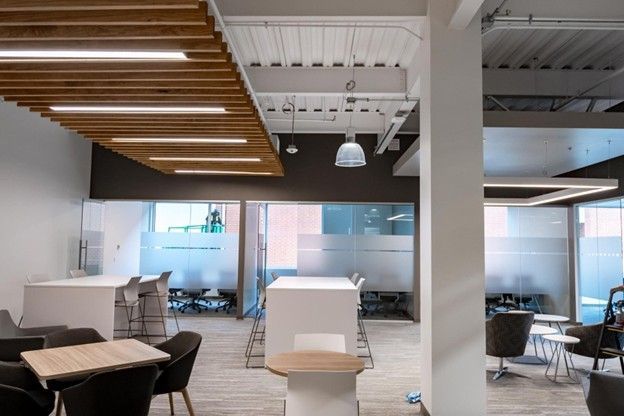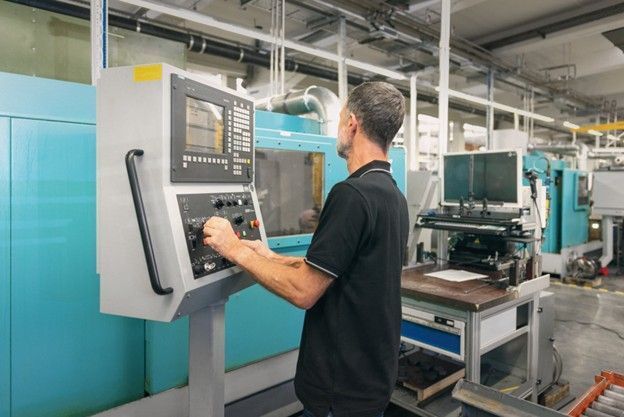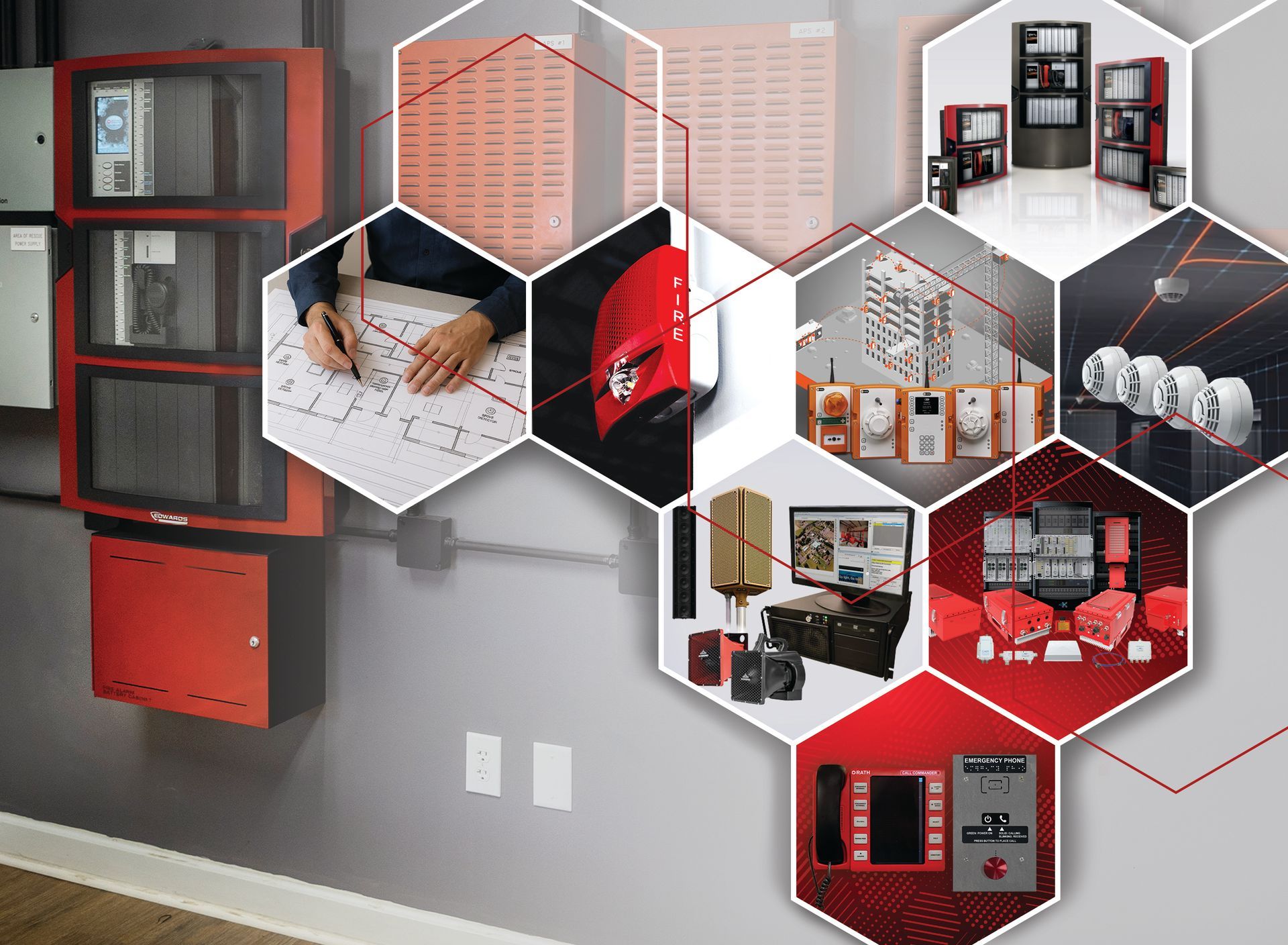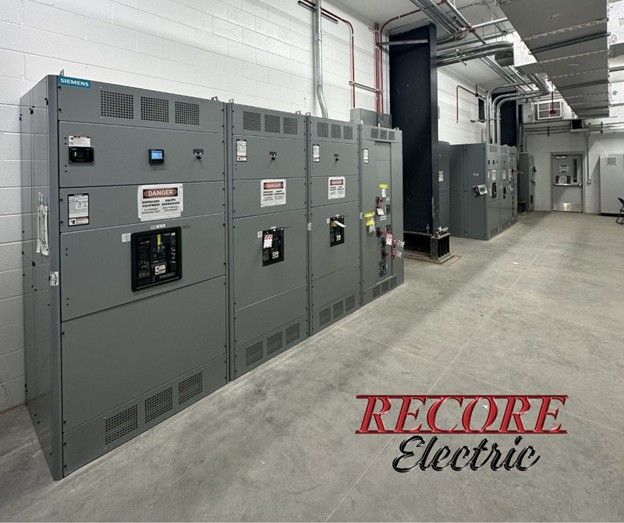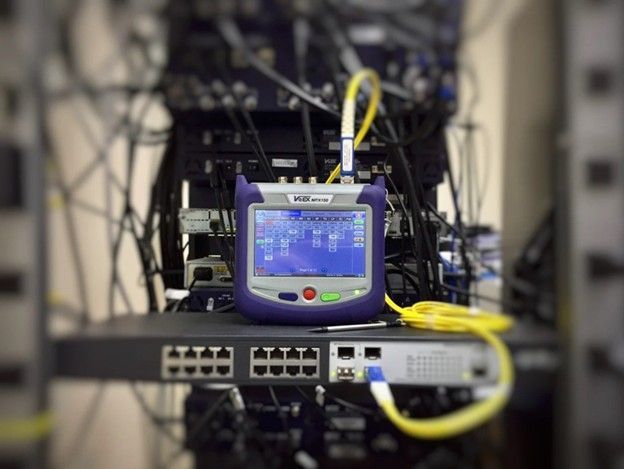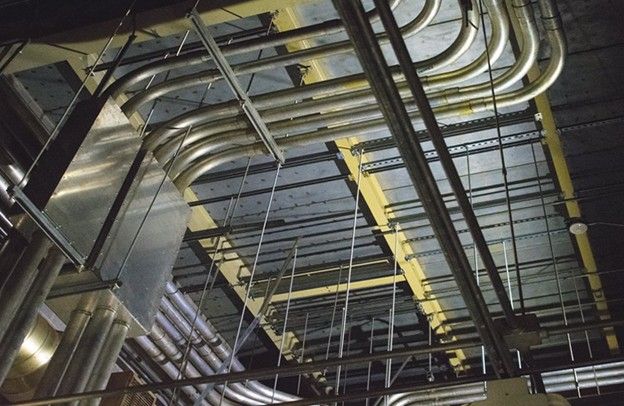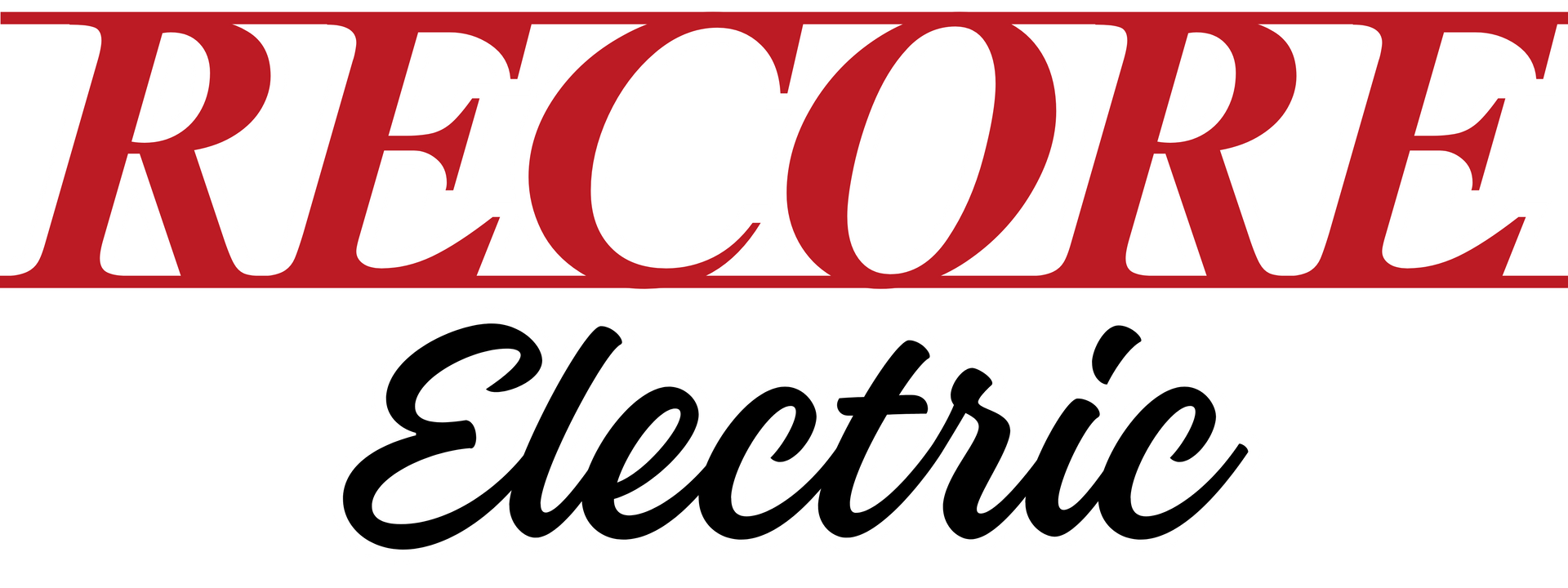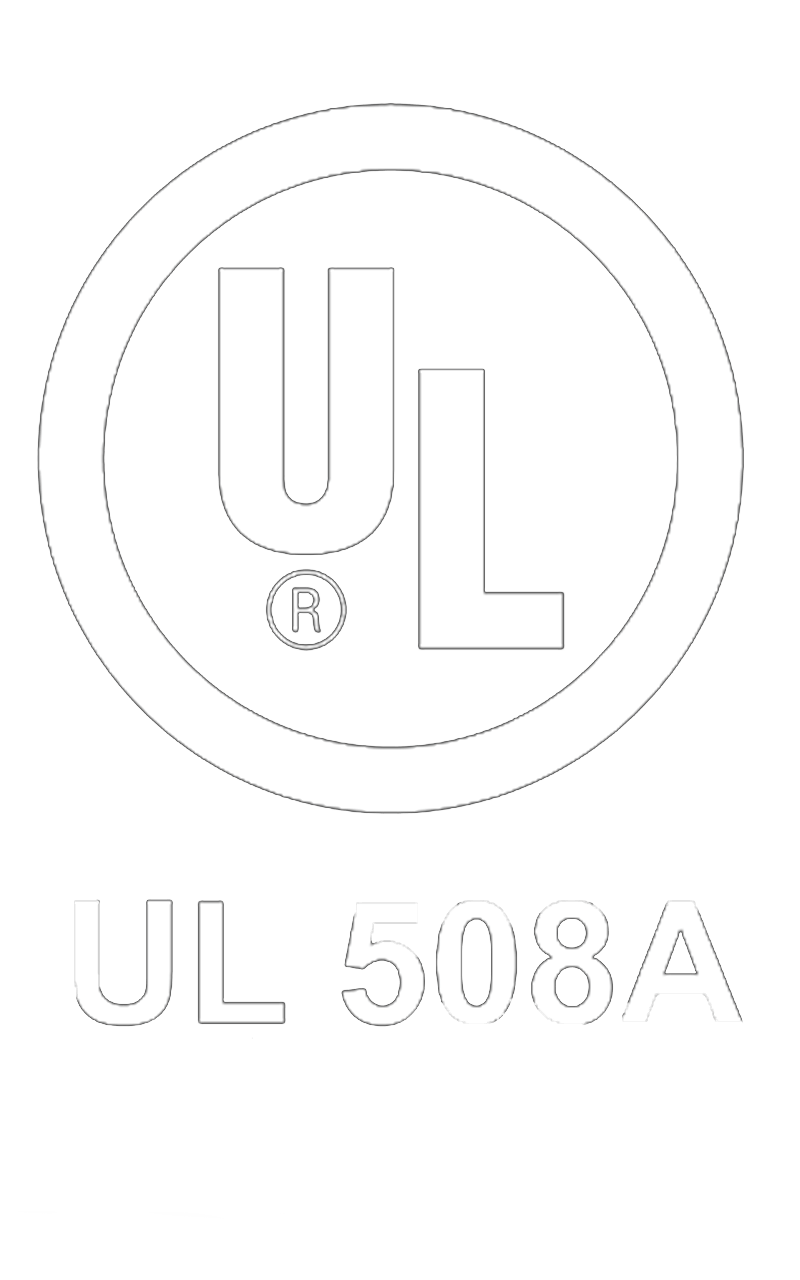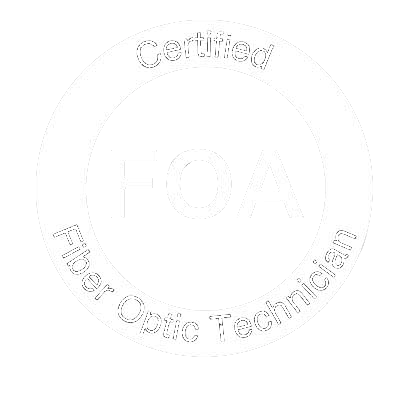Fiber Cabling: Reliable Communication Infrastructure
Connectivity is everything. From supporting high-speed internet to managing the most advanced security systems, fiber optic cabling serves as the backbone of modern communication infrastructure. At Recore Security & Communications, we specialize in delivering custom-designed fiber solutions built for speed, durability, and scalability.
Whether you're upgrading your network or installing infrastructure in a new facility, Recore’s certified fiber cabling specialists are ready to design, install, and maintain systems that meet your most demanding requirements. This article explores what fiber cabling is, why it matters, and how Recore is leading the charge in fiber infrastructure across industrial and commercial environments.
What Is Fiber Cabling?
Fiber optic cabling is a method of transmitting data using light signals through thin strands of glass or plastic. These cables can carry much more data over longer distances than traditional copper wiring, making them ideal for businesses that demand speed, reliability, and long-term scalability.
Each fiber strand is about the diameter of a human hair, yet it can transmit terabits of data per second. The technology behind it enables not only faster speeds but also a higher degree of signal integrity, meaning there's less interference or degradation over long distances.
The Advantages of Fiber Over Copper
Fiber cabling offers several key advantages:
1. Higher Bandwidth and Speed
Fiber optics provide far greater bandwidth than copper, making them ideal for data-intensive applications such as video conferencing, VoIP, and large-scale data transfers.
2. Longer Transmission Distances
While copper cabling experiences signal loss beyond 100 meters, fiber can transmit data for miles without significant degradation.
3. Greater Reliability
Fiber is immune to electromagnetic interference (EMI), radio frequency interference (RFI), and temperature fluctuations. This makes it especially well-suited for industrial environments.
4. Improved Security
Fiber cables are difficult to tap into without being detected. This makes them more secure for sensitive data and network traffic.
5. Future-Proofing
Fiber networks support emerging technologies such as 5G, AI integration, and high-resolution surveillance, offering a long-term solution to growing bandwidth needs.
Recore’s Fiber Cabling Services
Recore Security & Communications offers turnkey fiber cabling services for both new and existing infrastructures. Our solutions are customized to meet the technical and operational needs of your facility. We support installations in manufacturing plants, corporate campuses, healthcare environments, government facilities, and more.
Our fiber capabilities include:
- Fusion Splicing
A precise method of joining two optical fibers end-to-end using heat. Fusion splicing results in minimal signal loss and reflection. - Mechanical Splicing
An alternative to fusion, this method uses mechanical alignment devices to connect fibers, often used for quick repairs or temporary connections. - Mobile Splicing & Termination Trailers
Recore offers fully equipped mobile units that allow our technicians to perform splicing and testing on-site, even in remote or high-demand environments. - Aerial Installations
Our team can complete aerial fiber installs using pole-mounted systems, ideal for outdoor and campus-wide fiber networks. - Structured Cabling Procedures
We follow structured cabling best practices to ensure scalability, easy maintenance, and code compliance. - Certified Fiber Technicians
All installations are carried out by manufacturer-certified professionals who are trained on the latest tools and technologies. - Cable Certification and Testing
Using in-house DSX CableAnalyzer Series testers, we provide certification reports to verify that installations meet performance standards. - 24/7 Emergency Response
When outages or cable damage occur, Recore responds with emergency service teams available around the clock.
Understanding the Installation Process
Recore’s structured installation process is designed to minimize disruptions while delivering a high-performance fiber network tailored to your needs. Every step is planned and executed by our certified professionals to meet technical, budget, and timeline requirements.
1. Initial Site Assessment and Consultation
Our team begins with a detailed site visit to assess your environment and existing infrastructure. We take the time to understand your business goals, current pain points, and future scalability requirements.
2. Custom System Design
Based on our findings, we develop a custom fiber cabling layout that aligns with your building design, operational flow, and bandwidth needs. We ensure our designs support compliance with all relevant industry codes and standards.
3. Material Selection and Preparation
Recore sources high-grade fiber components and materials from trusted manufacturers. All equipment and materials are staged and tested in advance to avoid delays on installation day.
4. Installation and Splicing
Our certified team handles everything from aerial drops and conduit pulls to fusion splicing and mechanical terminations. We also deploy mobile splicing trailers when access or speed is critical.
5. Testing and Certification
Once installed, every line is tested using our DSX CableAnalyzer Series tools. We provide certification reports to validate performance metrics such as attenuation, return loss, and continuity.
6. Ongoing Support and Emergency Response
Why Certification and Testing Matter
Proper certification ensures your cabling meets industry standards and performs as expected under load. Using tools like the DSX CableAnalyzer Series, we test for:
- Signal loss (attenuation)
- Return loss
- Insertion loss
- Continuity
- Polarity
- Cable length
This testing process helps prevent future downtime, reduce maintenance costs, and validate warranties. According to BICSI, a leading organization in cabling standards, certified installations reduce the risk of network failure and improve long-term ROI.
Fiber and the Future of Networking
The demand for high-speed and high-reliability data networks continues to rise. A report from the National Telecommunications and Information Administration (NTIA) emphasizes the critical role fiber infrastructure plays in expanding broadband access and supporting digital equity across industries. Whether it's enabling telemedicine in rural areas or providing backbone infrastructure for 5G deployment, fiber optics remain the cornerstone of digital transformation.
As organizations adopt more cloud-based applications, AI-enabled systems, and connected IoT devices, traditional copper networks simply can't keep up. Upgrading to fiber is not just a trend, it’s a necessary investment in future-proofing your operations.
Real-World Applications of Recore’s Fiber Solutions
Recore has worked with a wide range of industries and facility types. Here are a few examples of how our fiber cabling solutions are used:
- Manufacturing Facilities: Fiber supports automation systems, robotics, and high-volume data transfers in real time.
- Healthcare Environments: High-speed fiber connections power medical imaging systems, digital records, and communication between departments.
- Educational Campuses: Secure and scalable networks across multiple buildings rely on Recore’s aerial fiber installation and structured cabling.
- Industrial Environments: Recore installs high-performance fiber networks to support production control systems, sensor-based automation, and ruggedized communication requirements in harsh environments.
Choosing Recore for Your Fiber Needs
When you partner with Recore, you gain access to:
- A team of manufacturer-certified and field-tested professionals
- Fast deployment capabilities, including mobile splicing trailers
- Certified testing and performance documentation
- Emergency response available 24/7
- Customized solutions for both in-building and aerial installations
Our goal is simple: to provide fiber cabling systems that are fast, secure, and built to last. From the initial design to the final certification report, Recore handles every step with precision and accountability.
Final Thoughts
Fiber cabling is no longer a luxury, it’s a necessity. Whether you’re launching a new facility or upgrading your existing infrastructure, Recore’s fiber solutions deliver the speed, reliability, and future-readiness your business demands. Our experienced team, structured procedures, and certified practices make us the go-to provider for fiber infrastructure in any environment.
To learn more about how Recore can support your fiber cabling needs or to schedule a consultation, contact our team today.
